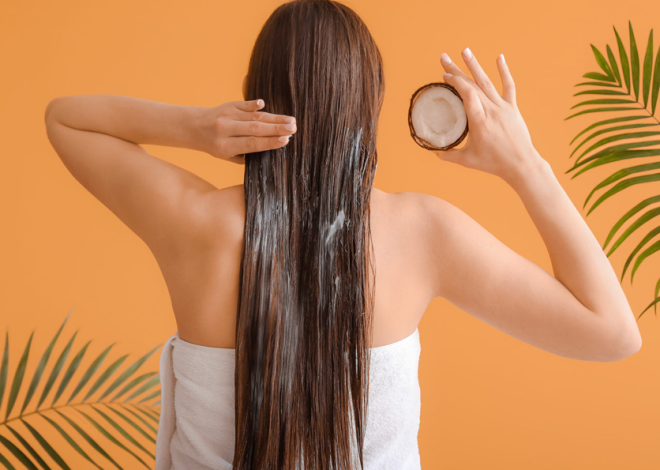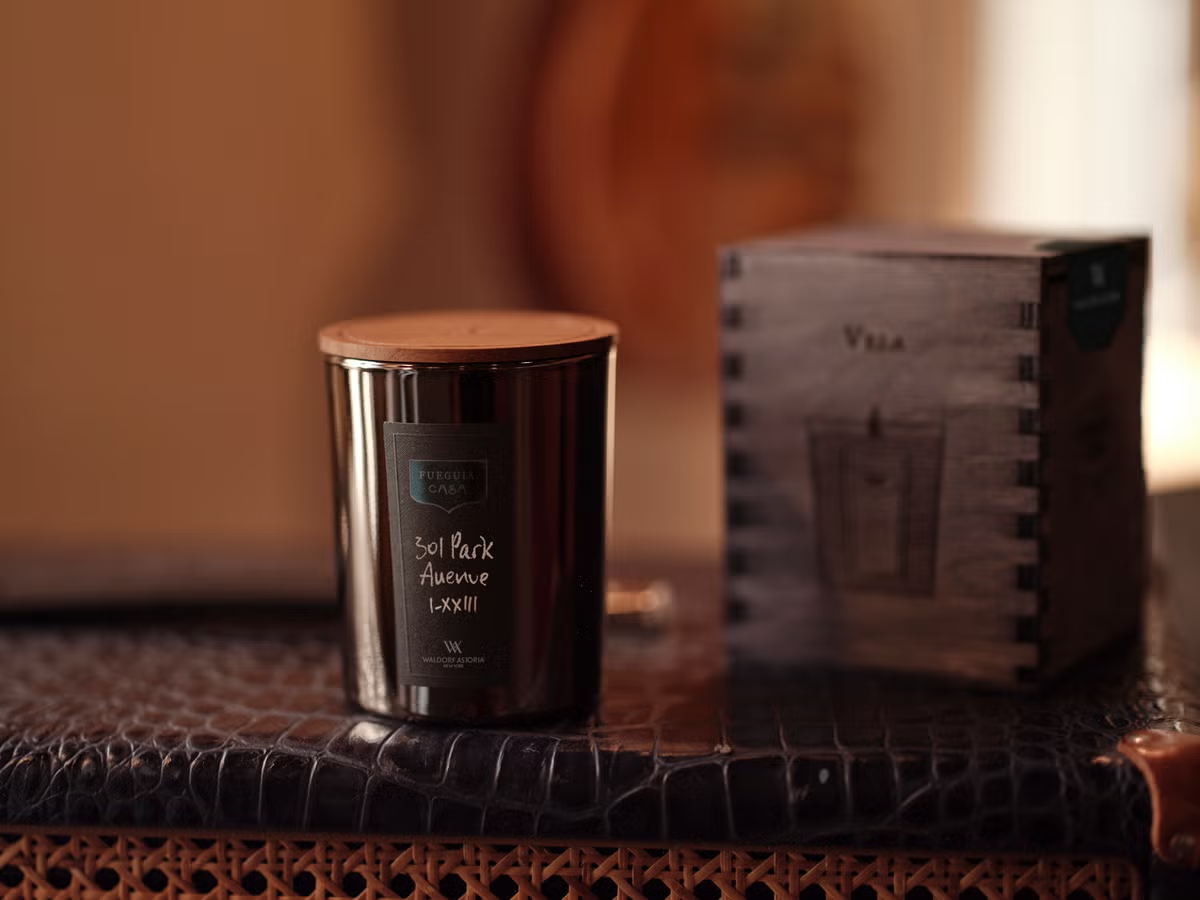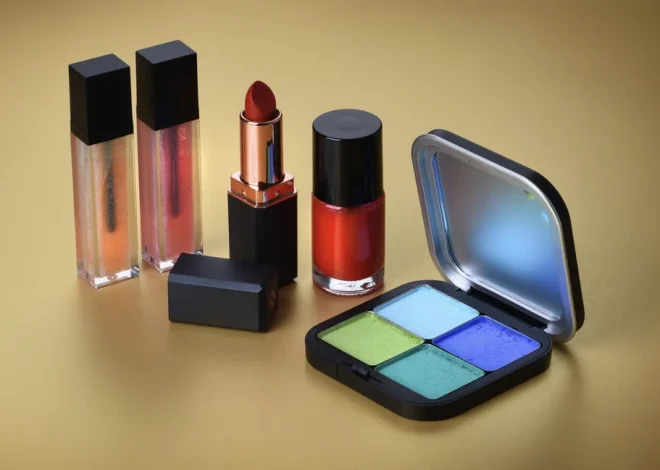How to Choose a Lace Wig That Looks Just Like Your Hair

Wearing a lace wig can completely transform your look and confidence, but only if it mimics the appearance of your own natural hair. These wigs are designed with a delicate lace base that sits comfortably against the scalp, creating the illusion that the hair is growing directly from the skin.
This is precisely why they are favored for achieving a realistic hairline and a natural style. The key to success starts with selecting the right wig. One that suits your hair texture, fits well, and makes you feel comfortable.
Every detail, from the lace material to the wig’s length, is important. Choosing the right wig can not only boost your confidence but also save you from daily styling hassle.
Understand Your Natural Hair Texture and Type
The first step in making your lace wig look as natural as possible is knowing your own hair texture. Is your hair straight, wavy, curly, or kinky? Choosing a wig with a similar texture will help it blend seamlessly with your natural hair.
Don’t forget to consider the thickness of your hair. Is it fine, thick, or somewhere in between? These small factors can make a big difference in how natural the wig will appear. While human hair wigs provide a more authentic look and feel, they come at a higher cost. On the other hand, synthetic wigs are more affordable but might not move as naturally as human hair. That said, some high-quality synthetic wigs can still offer great results. If possible, try on different textures in person to find the best match for you.
Select the Right Lace Type for an Authentic Hairline
The lace part of your wig is essential to creating a natural look. It directly touches your skin, so choosing the right type is crucial. There are several lace options available, including HD lace, transparent lace, and Swiss lace. HD lace is ultra-thin and blends well with most skin tones.
Transparent lace is ideal for lighter skin tones, while Swiss lace is known for its strength while still offering a natural look. Always choose a lace color that matches your scalp, not your face, for the most realistic appearance. Pre-plucked hairlines, with soft edges and baby hairs, are key for creating the illusion of real hair. If your wig isn’t pre-plucked, you can either do it yourself or take it to a stylist. The right hairline can make all the difference in making your wig look like it’s growing naturally from your scalp.
Match the Wig Color to Your Natural Shade
Choosing a color that matches your natural hair color is essential for a convincing look. Start by examining your natural hair roots to determine the base shade. Then, select a wig that closely matches this color. If your hair has warm undertones, opt for wigs with golden or reddish shades. For cool-toned hair, ash or neutral shades work best.
Many wigs feature highlights or darker roots, which can further enhance their natural appearance. Always check the color in natural light, as indoor lighting can sometimes alter the way the color looks. If you’re uncertain, consider consulting a stylist or ordering a color ring for better comparison.
Consider Wig Density and Length
Wig density refers to how full or thick the wig appears. To make your wig look as natural as possible, choose a density that mimics your natural hair. If you have fine hair, a high-density wig might appear too thick or unnatural. Common density options range from 130% (light) to 180% (full).
Many people find that 150% density provides a natural yet voluminous look. The length of the wig also plays a significant role. Choose a length that resembles your typical hairstyle for a seamless look.
While longer wigs may offer a glamorous vibe, they require more maintenance and can become tangled easily. Shorter wigs, on the other hand, are easier to manage and generally look more natural.
Pay Attention to Cap Size and Construction
The fit of the wig is crucial for a natural appearance. A well-fitted cap ensures the wig stays in place and looks like your own hair. Before purchasing, measure your head size using a soft tape measure to check the circumference around your forehead, behind your ears, and along the nape of your neck.
Wigs typically come in small, medium, or large sizes, with some offering adjustable straps for a more customizable fit. Consider the type of cap as well. Lace front wigs are ideal for creating a natural-looking hairline, while full lace wigs provide more styling options but tend to be pricier. 360 lace wigs allow for versatile updos and ponytails, while glueless wigs are perfect for beginners as they avoid the hassle of glue.
Comfort is also important, so look for breathable caps that feel light on your scalp. A snug fit will ensure that the wig stays securely in place and feels more like your own hair.
Evaluate Styling Versatility and Parting Options
Another factor to consider is the styling versatility of the wig. Wigs with free parting or multi-part options give you the flexibility to change up your look. You can create middle parts, side parts, or deep parts, just like with your natural hair.
Some wigs come with pre-plucked part lines, which help enhance the overall realism. If you like to style your hair with heat tools, such as curling irons or blow dryers, choose a human hair wig, as synthetic wigs often cannot withstand high temperatures.
Pay attention to baby hairs or layered cuts that match your usual style. These small, yet impactful, features make a big difference in making the wig look like it’s truly your own.
Try Before You Buy (or Shop from Trusted Brands)
If possible, try on the wig before purchasing. This allows you to see how it fits, feels, and blends with your skin in person. Pay special attention to how the lace melts into your scalp and how natural the hairline looks. If trying the wig on isn’t an option, make sure to buy from a reputable brand.
Look for customer reviews, real-life images, and clear return policies to ensure you’re making a smart purchase. Avoid websites that feature heavily edited images or offer deals that seem too good to be true. Trusted brands often provide color charts, texture samples, and video demonstrations to assist in your decision-making process. Some even offer virtual try-on tools, allowing you to visualize how the wig will look on you before buying.




